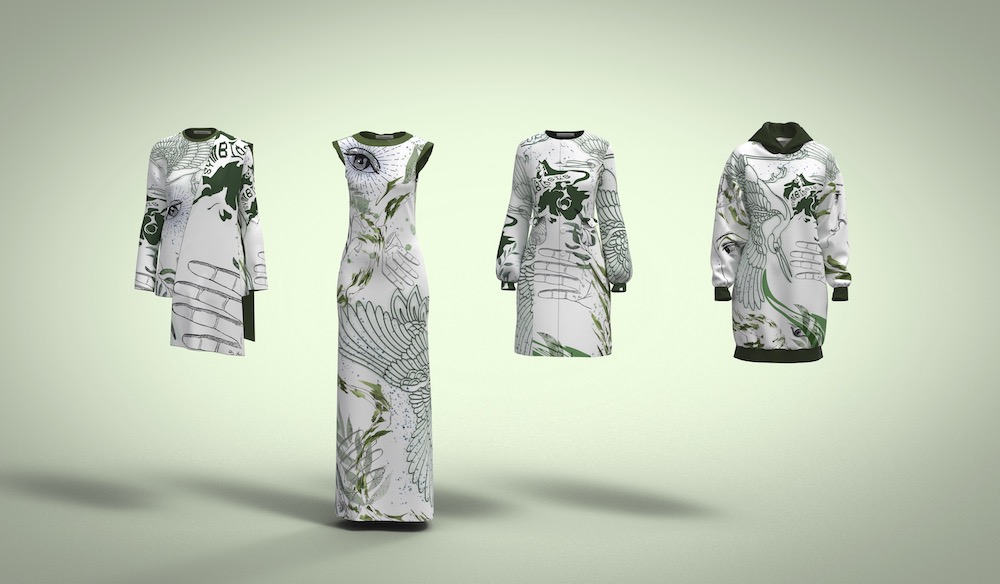A Singaporean investor recently made waves in the art world when he spent a record-breaking SGD 93 million (USD 69 million) worth of cryptocurrency on a digital art piece.
The piece was sold in the form of a non-fungible token (NFT), which is a unique cryptographic token that exists on the Ethereum blockchain. However, since each NFT is unique, it cannot be traded or exchanged at equivalency. Therefore, digital tokens can be thought of as certificates of ownership for virtual or physical assets.
Each NFT has a unique identification code and metadata that distinguishes one from another, which differs from other forms of currencies. For example, one bitcoin is always equal in value to another bitcoin. Similarly, a single unit of ether is always equal to another unit.
Anyone can “tokenize” their work to sell as an NFT, and the interest to do so has been fueled by million-dollar sales hitting the headlines. For example, an animated gif of Nyan Cat—a 2011 meme of a flying pop-tart cat—sold for more than USD 500,000.
Most recently, digital clothing has been making waves in the NFT space, as something that consumers can purchase as well. According to digital fashion startup Republiqe, its digital clothing allows consumers to “look amazing without leaving the comfort of their homes” by imagining that they are their own “real-life avatar.”
Customers purchase digital clothes the same way they would buy apparel online, but with an added step. After selecting the garment that they would like to purchase, they will be required to upload an image of themselves.
Republiqe’s digital tailoring team then fits the customer’s new, fully sustainable, ethically produced, digital garment over their image. The image is then sent back to the customer, ready to share on social media in less than 72 hours.
In terms of cost, price points at Republiqe are similar to that of mainstream fashion brands. A long printed blazer will set a shopper back GBP 40 (USD 55), while an oversized t-shirt sells for GBP 20 (USD 28).
Republiqe founder James Gaubert has over 20 years of experience in the luxury fashion industry and has worked with brands like Chanel, LVMH, and Burberry. He decided to capitalize on his knowledge in luxury fashion to start Republiqe on three core pillars—creativity, technology, and sustainability.
“We wanted to challenge and disrupt the fashion industry, similar to what Elon Musk and Tesla have done to the automotive industry. I have seen firsthand the damage that is being caused to our planet by the fashion industry, along with unethical production, and this made me want to make a difference,” Gaubert told Vulcan Post.
As a fully digital brand, Republiqe does not have long manufacturing lead times, which enables the brand to be more agile and create garments off the cuff in response to social events and “moments that matter.”
It also does not operate within the usual confines of seasons that traditional brands operate around. “Our role is to constantly listen to, and understand our consumers, to create clothing around events that matter to them. For example, we have an Earth Day microcapsule, a Pride collection, and more,” said Gaubert.
Furthermore, another factor that sets Republiqe apart is that it is not limited by the types of fabrics and materials it can use, and the team’s creativity can flow freely. For example, a customer can have a fully diamond-encrusted garment and yet not have to pay a hefty sum.
The future of fashion?
According to James, the response to his digital clothes has been positive so far, and the team has sold over 500 garments within the first six months. He acknowledged that though the number might not seem significant for some, he considers it a huge success as digital fashion is a completely new space.
He believes that the future of fashion is digital. Even though there will always be a need for physical clothes, looking good on social media is extremely important to Gen Z consumers, who are keen on building an online personality.
Thus, Republiqe and other digital fashion brands provide Gen Z consumers with outfits they might not typically wear in real life, which James thinks will become more important in the future. “I expect to see a significant shift in spending over the coming years from physical to digital. The possibilities are endless,” he said.
There is still a long way to educate both manufacturers and consumers, but big brands like Moschino are already dipping their toes into the digital space.
It gives Gaubert the confidence that he is “on the cusp of something very big.”
